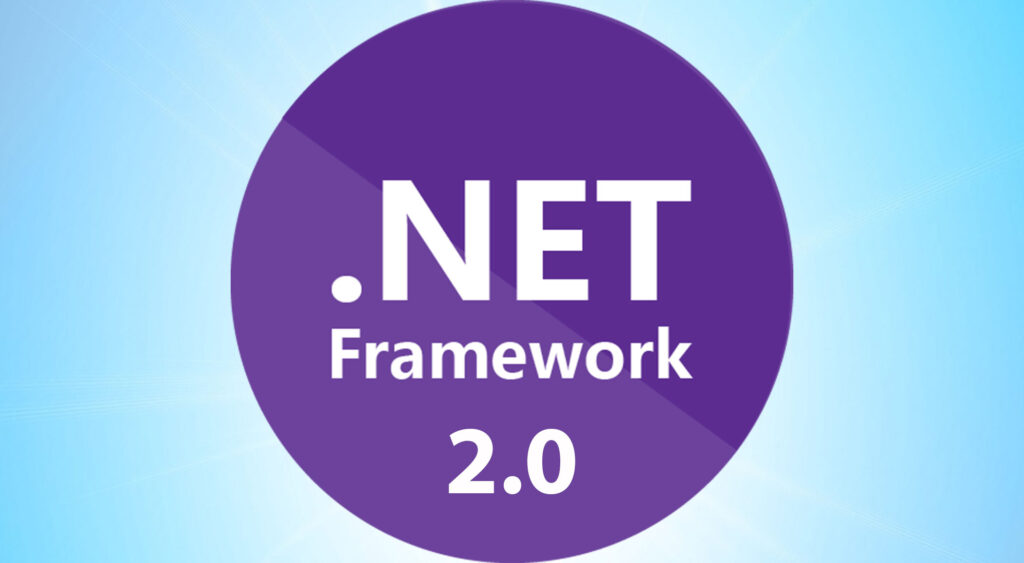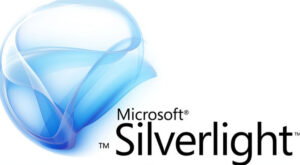
The release of .NET Framework 2.0 in 2005 marked a significant milestone in the world of software development. Building upon the foundation of its predecessor, .NET Framework 1.1, this new iteration introduced a slew of innovative features and enhancements that empowered developers to create more robust, scalable, and efficient applications. In this article, we will explore some of the exciting new features and improvements that .NET Framework 2.0 brought to the development landscape.
Key Features of .NET Framework 2.0
- Generics: Generics is arguably one of the most highly anticipated features in .NET Framework 2.0. This capability allowed developers to create type-safe and reusable data structures and algorithms. By parameterizing data types, developers can write code that is more efficient, flexible, and easier to maintain.
- Partial Types: Partial types allowed developers to split a single class, structure, or interface into multiple files. This feature facilitated collaborative development by enabling multiple developers to work on different parts of a class without conflicting with one another.
- Anonymous Methods and Delegates: .NET Framework 2.0 introduced anonymous methods and delegates, which simplified event handling and callback mechanisms. This made asynchronous programming and event-driven applications more straightforward and intuitive.
- Nullable Value Types: Prior to .NET Framework 2.0, value types can not have a null value. With the introduction of nullable value types, developers can work with data that might be absent or unknown, enhancing database interactions and simplifying complex algorithms.
- Improved Data Access with ADO.NET 2.0: ADO.NET 2.0 featured several enhancements, including a more powerful data source control, a simplified data binding model, and support for the disconnected data model. These improvements made working with databases more efficient and developer-friendly.
- ClickOnce Deployment: .NET Framework 2.0 introduced ClickOnce, a deployment technology that enabled easy, secure, and automatic distribution of Windows applications. It simplified the deployment process for both developers and end-users.
- 64-bit Support: With .NET Framework 2.0, developers can create applications that targeted 64-bit systems, taking advantage of increased memory and performance capabilities.
- Improved Security: The .NET Framework 2.0 included enhancements in code access security, reducing the risk of security vulnerabilities in applications.
- Web Development with ASP.NET 2.0: ASP.NET 2.0 introduced features like master pages, themes, and web parts, making web application development more efficient and allowing for a consistent and customizable look and feel.
- Enhanced Visual Studio Integration: Visual Studio 2005, released alongside .NET Framework 2.0, offered a more productive development environment with improved debugging and integrated support for new framework features.
Impact and Legacy
The release of .NET Framework 2.0 represented a substantial leap forward in the world of software development. Its new features and enhancements allowed developers to create more efficient, maintainable, and powerful applications.



